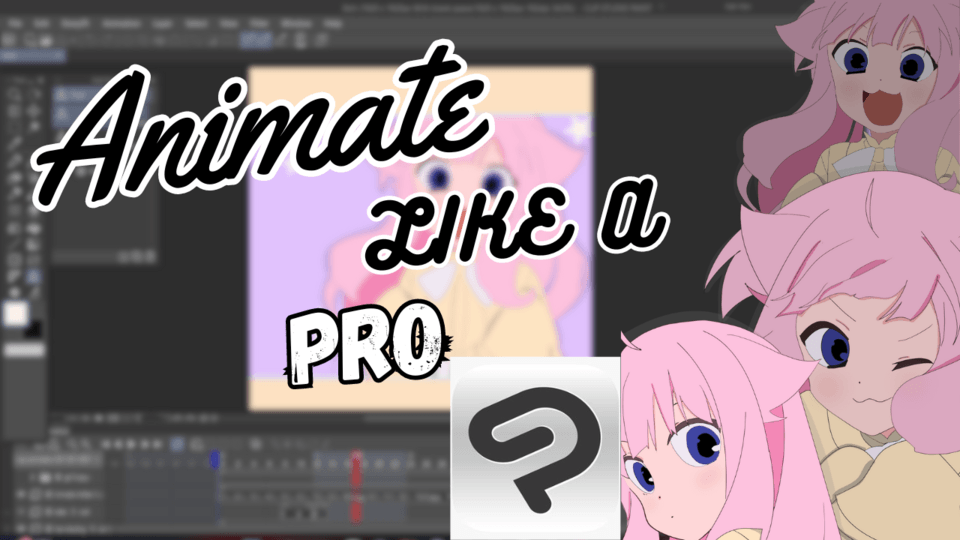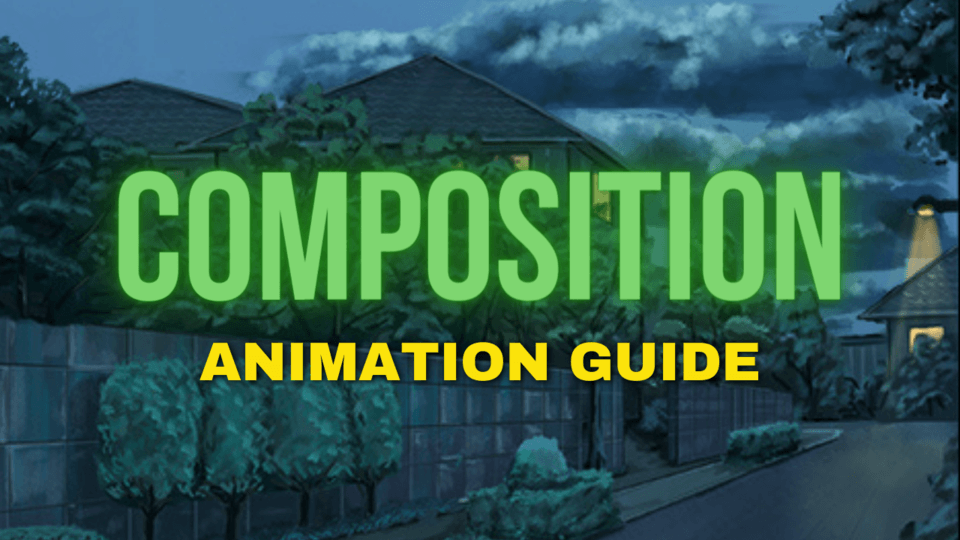Let's use vector layers
Introduction
Nice to meet you, my name is Ameshichi.
This time, I will introduce the difference between vector layers and raster layers, and the advantages of using vector layers.
Difference between vector layer and raster layer
First, I will explain the difference between vector layers and raster layers.
See image below.
The illustration of the cat on the left is a raster layer, and the illustration of the bear on the right is a vector layer.
Both are drawn with the G pen that is included in Clip Studio's brush tool from the beginning, and the pen size is the same.
At first glance, it doesn't look like there is much difference between the lines. However, when you zoom in on these two images, you can see the difference.
I used the transform tool to enlarge the two images like this.
There is no change in the lines of the picture drawn on the right vector layer, but the lines on the left raster layer are rough.
The image below is an enlarged view of this image.
You can see that the line drawn on the left raster layer lost its resolution when it was enlarged using the transformation tool.
On the other hand, the line drawn on the vector layer on the right retains its original resolution even when enlarged, so you can see that it has not deteriorated.
If you select the entire line drawn on the vector layer with the object tool, you can see that not only the line but also many "control points" have been created.
This control point is not on the raster layer.
We will discuss control points later.
Characteristics of vector layers and advantages of using them
Next, we will introduce the characteristics of vector layers and the benefits of using them.
[Eraser for vector]
When drawing an illustration, I think there are scenes where the lines protrude like the part circled in red in the image below.
In this illustration, the eyebrows protrude from the outline.
In such a case, in the case of a raster layer, erase the part you want to erase by rubbing finely with the eraser tool.
However, on vector layers, you can efficiently erase lines by using the "vector" eraser in the eraser tool.
First, select the "vector" eraser in the eraser tool.
Next, check the vector erase from the tool property, select the second icon from the left "to the intersection point", and trace the protruding part of the line.
Then, only the part where the line protruded is deleted.
You can also erase the entire eyebrow line in the previous state.
Select the third icon from the left, "Whole line", in the tool properties of the vector eraser and trace the line you want to erase.
Then the entire touched line is deleted, not just the touched part.
The advantages of the vector eraser are:
・Even if the line you want to erase overlaps with another line, it is easy to delete only the part you want to erase
・Because you can erase the entire line at once, you don't have to rub it with an eraser many times like with a raster layer.
Etc.
I will explain how to use it more practically.
I drew an illustration like the one below. Since the line of the collar part protrudes, I will use the vector eraser to correct it.
Trace the protruding line with the vector eraser set to "to the intersection" like the red arrow in the image below.
Then I was able to delete the protruding part at once.
Other protruding parts can be easily corrected by erasing with the vector eraser as well.
One thing to keep in mind when erasing lines drawn on a vector layer is that if you erase a line drawn on a vector layer with a normal eraser, the line information will remain even if the line appears to have disappeared. It gets in the way when you want to edit lines, so use a vector eraser to erase it.
[Moving lines]
A line drawn on a vector layer has control points (round points) and paths (lines between control points) like this.
Lines drawn with a single stroke are connected, and you can select and move only that line.
You can move not only the line but also the control points, so you can correct the line after drawing it.
[Move control point]
Let's fix the outline part of the image below.
If you select it with the object tool, you can see that there are control points as shown below.
By moving or deleting this control point, the path (line) connecting the control points will also change.
Select the "Correct Line" tool and select "Control Points".
Select "Move control point" from the tool property and drop the control point you want to move.
I was able to correct the outline by adjusting while moving the control points.
[Correction of line width]
On a vector layer, you can modify the thickness of the line even after drawing the line.
Let's make the line width thicker this time.
Select "Correct line width" from the line correction tools and select "Thicken with specified width".
Here, I set the value to 5.0 so that the change is easy to understand.
To correct the line width, you can change the thickness of the entire line by checking "Process to the entire line", and if you do not check it, you can change the thickness of only a part of the line.
First, uncheck "Process all lines" and trace the line like the arrow in the image below.
Then only part of the line became thicker.
Next, trace the line in the same way with the "Process to the entire line" checked.
The entire contour line is thickened.
You can not only thicken the line width, but also thin it. Depending on the situation, you can choose to change the thickness of the entire line or change the thickness of a portion of the line.
Also, you can change the density of the line from "Control point" → "Correct density", so please try various things.
[Change line type]
On vector layers, you can change the type of line. It's convenient because you can change the line even after you've drawn it, and you don't have to re-draw the line drawing.
I drew an illustration like the image below. The line art is drawn on a vector layer, and the colors are painted on a raster layer.
Let's change the type of line in this illustration.
First, select the line whose line type you want to change with the object tool.
This time, select the entire line drawing.
Select "Brush shape" in the tool property and select the brush you want to change.
Here, we have chosen the spray for clarity.
The linetype has been changed to spray.
If you want to change the appearance of the line, you can easily change it, so I think it's good to remember.
Differentiating between vector layers and raster layers
Fill tools and gradient tools cannot be used on vector layers.
For example, if you select the fill tool with the vector layer selected, a prohibition mark appears and you cannot use it.
Also, if you use a brush to paint on a vector layer, there will be many control points and it will be heavy.
Therefore, it is recommended to apply the color with a raster layer.
Vector layers do not deteriorate even when lines are enlarged or deformed, and lines can be corrected, so they are suitable for drawing line drawings.
Raster layers do not have control points and are relatively light compared to drawing on vector layers, making them suitable for coloring. Also, filters cannot be used on vector layers, but they can be used on raster layers.
As an example, the layer structure of the illustration on the right of the image below is roughly as follows.
The uneven color filter in the image below is also applied to the raster layer.
It is recommended to use vector layers for line drawings, and raster layers for coloring or processing with filters.
in conclusion
This time, I explained the difference between vector layers and raster layers, the advantages of using vector layers, and how to use them properly.
Since it was created for beginners, there are other functions and uses that have not been introduced. Please try various functions.
There may have been some points that were not reached in the first TIPS creation, but thank you for reading this far.


















Comment